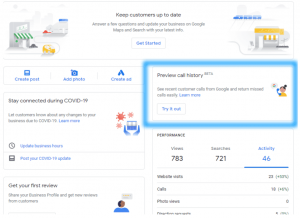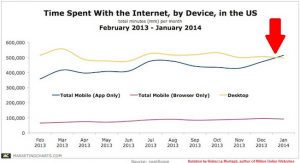— March 19, 2018

Digital video is everywhere. Demand for translated subtitles and foreign language voice-overs is growing. Typically, global businesses need multimedia translation for training videos, e-learning modules, product demonstrations, market research, and marketing/advertising. What should you expect when you request video translation?
Is it scripted?
Instructional media: e-learning and training, product demonstrations, and informational health videos are usually carefully scripted. Translating the script for voiceovers or subtitles is no different from any other translation project, except for one caveat:
- Text expansion. When translating from English to most European languages, the target text will be up to 30% longer. If the translation will be made into subtitles, text expansion can usually be accommodated. But if it will be made into a voice-over, you’ll have to either condense the script or adjust the audio track to sync well with the video.
Is it unscripted?
Unscripted videos include interviews (for market research or documentaries) and live presentations that are being translated for subtitling. Although a speech or presentation may have been delivered from a script, the script may not be available. Also, live speakers may go off script and take questions from the audience.
Translating an unscripted audio track requires more time and effort. Clients tend to underestimate the associated costs. They assume the translator will be working like an interpreter by listening to the speech and converting it in their minds directly into the target language. But translation and interpretation require different skills.
- It’s much more time-consuming to translate and write grammatically correct text than it is to speak it. In addition, an interpreter is often focusing on the gist/meaning and intent of the message, and draws a lot of information from contextual cues.
- Professional interpreters who are interpreting “live” have already reviewed what the speaker is going to say, even to the extent of having partially translated the speaker notes ahead of time and researched technical terms. This is why it looks so seamless in action.
Unscripted video translation almost always needs transcription as a first step.
For clients who are translating a speech, panel, or presentation for PR or employee relations, we create an English transcript for the client to review before we translate it. The speakers may have misspoken, or there might be questions posed during the presentation whose answers were unclear. We want to give the client a chance to make sure that important points having to do with policy and pricing (for example) are made perfectly clear. This is especially important if you need translation into multiple languages. It is better to catch any mistakes or misunderstandings in the single English source document before it’s replicated in many different languages.
Tips for reducing cost and turnaround time
Audio and video translations are priced on a case by case basis. Few language partners are willing to quote from a standard per-minute “audio/video translation rate” without reviewing the material and asking questions. If you receive a standard rate, you can assume that rate will be high enough to cover the most difficult video, and yours might not fall into that category.
Creating translation-friendly media in the first place is the best way to predict (and contain) your localization costs down the line. These guidelines should be followed from the start:
For scripted audio:
Anticipate text expansion. Slow down the pacing of the English speech in the source video if you plan to have it translated.
Example: if a 15-minute demonstration video for a piece of machinery has a continuous English voiceover with no pauses, the Spanish translation will take longer for the voice talent to deliver. You’ll have to either
- Condense the script to reduce the amount of time it takes to read.
- Slow down the video to allow the voiceover to catch up (but not so slow that it looks odd), or
- Speed up the voiceover (but not so fast that the audience can’t follow it).
Each of these solutions will take time to engineer. Starting with slower pacing solves the problem up front.
For unscripted audio
Provide notes or other supporting materials for the transcription stage. Clarify acronyms, figures, names, and other details. If you don’t have the text of the speech or presentation, supporting materials will increase the speed and accuracy of the transcription.
Edit raw video before requesting a translation quote. Raw video often includes the downtime between takes as well as mistakes or repeated material. If only a portion of the video will be used, take out the obviously useless footage to reduce the cost of the translation.
For both scripted and unscripted audio
Review the content (either the script or the transcription) before translation to make sure it will be culturally relevant and appropriate.
Conclusion
Speech-to-text technologies are improving all the time, and there may be a time when accurate subtitles can be generated without human intervention. If you’ve ever used the automatic subtitling function on YouTube, you know that day has not yet arrived for English or any other language.
Digital & Social Articles on Business 2 Community
(68)






